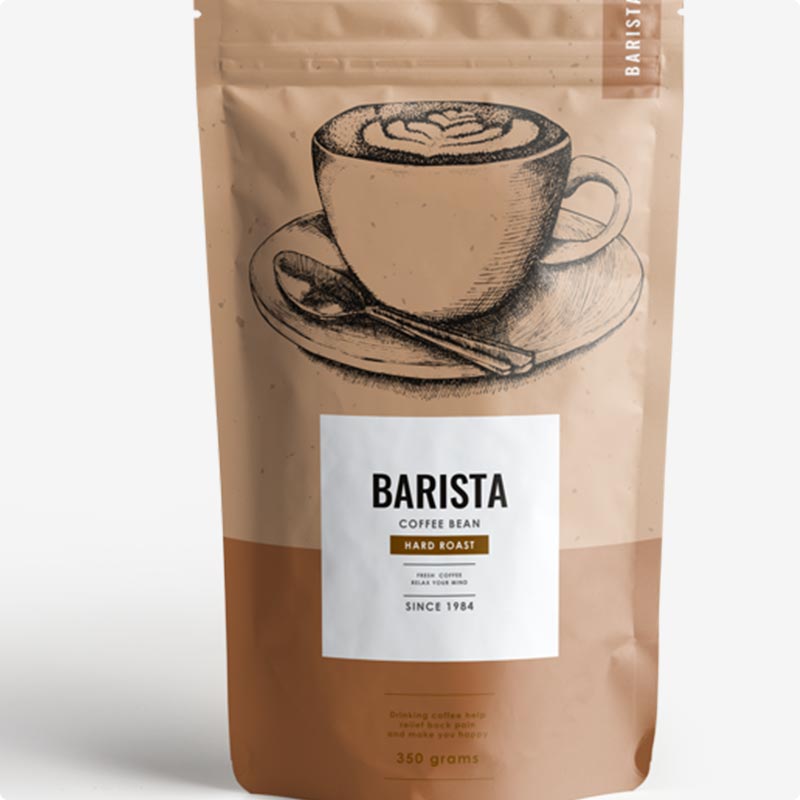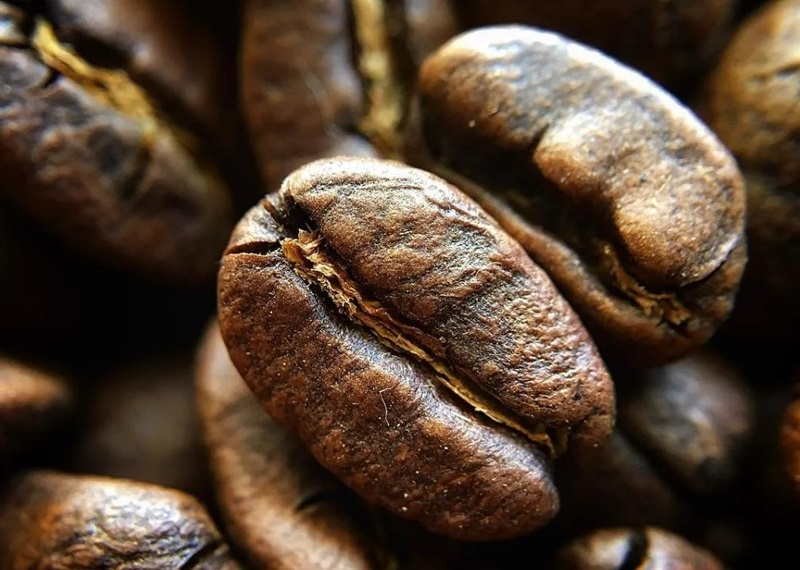
Unveiling the Golden Coffee Bean Storage Rules for Long-Lasting Coffee Bean Freshness
The Essence of Freshness: Why Proper Coffee Bean Storage Matters
Coffee beans are the soul of coffee, embodying the source of every drop’s rich flavor. For coffee enthusiasts, every sip is a paramount experience—a delicate balance of aroma, flavor, and texture. But the journey from bean to brew hinges on one critical factor: freshness. Coffee beans are living entities, packed with volatile compounds that degrade when exposed to air, light, or moisture, thus reducing it’s freshness. To unlock their full potential, mastering the art of coffee bean storage is essential. So how can you keep your coffee beans “alive”? Here’s your ultimate guide to preserving coffee beans like a pro. This golden rules for long-lasting coffee bean freshness can help you retain their original flavor and aroma to the fullest extent!
The Fragility of Freshly Roasted Coffee Beans
Freshly roasted coffee beans are rich in aromatic compounds. These compounds are highly delicate and can quickly oxidize and lose their aroma and flavor when exposed to unfavorable conditions. Hence, mastering proper storage methods is like adding an “insurance lock” to your coffee beans.

Coffee Beans Freshness
Factors Affecting Coffee Bean Storage
FACTOR
The primary factors influencing coffee bean storage are oxygen, humidity, temperature, and time.
1. The Role of Oxygen
Oxygen is the main culprit behind coffee bean oxidation. When beans come into contact with oxygen, internal compounds oxidize, causing aroma and flavor loss. Therefore, minimizing oxygen exposure is crucial for preserving coffee beans.
2. Impact of Humidity
Humidity significantly affects coffee beans. High humidity can cause beans to absorb moisture, swell, or even mold. Conversely, low humidity can dry them out, making them flavorless. Maintaining an appropriate humidity level is essential.
3. Temperature Effects
Temperature plays a major role. High temperatures accelerate chemical reactions, causing rapid flavor loss, while low temperatures can make beans stiff, affecting taste. Controlling temperature is key to proper storage.
4. The Time Factor
Over time, coffee beans lose their flavor and quality diminishes. Properly managing usage time and avoiding prolonged storage are effective ways to maintain freshness.
Choosing the Right Coffee Bean Storage Containers
The container you use to store coffee beans can make or break their freshness. Here’s a detailed breakdown of the best options, including how they work, why they’re effective, and when to use them:
1. Airtight Metal or Ceramic Canisters
How They Work:
These containers create a physical barrier against oxygen, light, and moisture. Opt for opaque materials (e.g., stainless steel, dark ceramic) with silicone or rubber gaskets to ensure a tight seal.
Why They Excel:
- Light Blocking: Opaque walls prevent UV rays from degrading coffee oils.
- Temperature Stability: Metal and ceramic insulate beans from ambient heat fluctuations.
- Reusable & Eco-Friendly: Unlike single-use bags, these canisters are sustainable long-term solutions.
Best For:
- Daily use (if you brew coffee regularly).
- Kitchens with limited storage space (they’re compact and stackable).
Pro Tips:
- Add a food-safe silica gel packet to absorb residual moisture.
- Clean the container monthly with vinegar to eliminate odor buildup.
- Avoid transparent versions—light exposure accelerates flavor loss.
2. Valve-Equipped Jars or Bags
How They Work:
One-way valves allow carbon dioxide (released by freshly roasted beans) to escape without letting oxygen in. These are common in bags from specialty roasters.
Why They Excel:
- Gas Release: Prevents pressure buildup that can rupture packaging.
- Freshness Lock: Valves maintain a near-airless environment for up to 4 weeks post-roast.
Best For:
- Freshly roasted beans (first 2–3 weeks after roasting).
- Travel or bulk storage (lightweight and portable).
Pro Tips:
- Squeeze bags gently before sealing—if they inflate, the valve is working.
- Once opened, transfer beans to an airtight canister—valves lose effectiveness after initial use.
- Avoid plastic containers with valves if storing near strong odors (plastic absorbs smells).
3. Vacuum-Sealed Systems
How They Work:
Air is mechanically removed from the container, creating an oxygen-free environment. Options include electric vacuum sealers or hand-pump jars.
Why They Excel:
- Zero Oxidation: Ideal for long-term storage (e.g., 1–6 months).
- Space Efficiency: Flat vacuum bags save freezer or pantry space.
Best For:
- Rare or expensive beans you won’t use immediately.
- Freezer storage (vacuum-sealed beans can last 6+ months without freezer burn).
Pro Tips:
- Freeze beans in single-dose portions to avoid thawing/re-freezing.
- Never vacuum-seal beans immediately after roasting—let them degas for 3–5 days first.
- Use dark-colored vacuum bags to block light if storing in transparent spaces.
Honorable Mentions
-
Glass Jars with Clamp Lids: Affordable and airtight, but only use amber or tinted glass to block light.
-
Coffee-Specific Canisters: Brands like Fellow Atmos use vacuum technology—perfect for gadget-loving enthusiasts.
What to Avoid
-
Plastic Bags: Even resealable ones allow oxygen permeation over time.
-
Clear Containers: Light exposure degrades flavor compounds.
-
Refrigerator Door Storage: Temperature swings cause condensation.
Key Takeaway
Match your container to your consumption habits:
-
Daily drinkers: Airtight ceramic/metal canisters.
-
Bulk buyers: Valve bags for short-term, vacuum systems for long-term.
-
Freezer users: Pre-portioned vacuum-sealed packs.
By investing in the right container, you’re not just storing beans—you’re preserving the artistry of every roast. ☕
Specific Coffee Bean Storage Techniques
1. Room-Temperature vs. Refrigerated Storage
Room-temperature storage is convenient and less prone to moisture but can be affected by temperature fluctuations. Refrigeration slows oxidation but requires thorough sealing to prevent odor absorption and condensation.
2. Avoid Direct Sunlight
Ultraviolet rays can degrade coffee bean compounds, leading to flavor loss. Store beans in cool, ventilated areas or opaque containers.
3. Keep Away from Strong Odors
Coffee beans are highly absorbent and can easily pick up nearby smells. Store them away from sources like kitchen fumes or chemicals.


No Comments